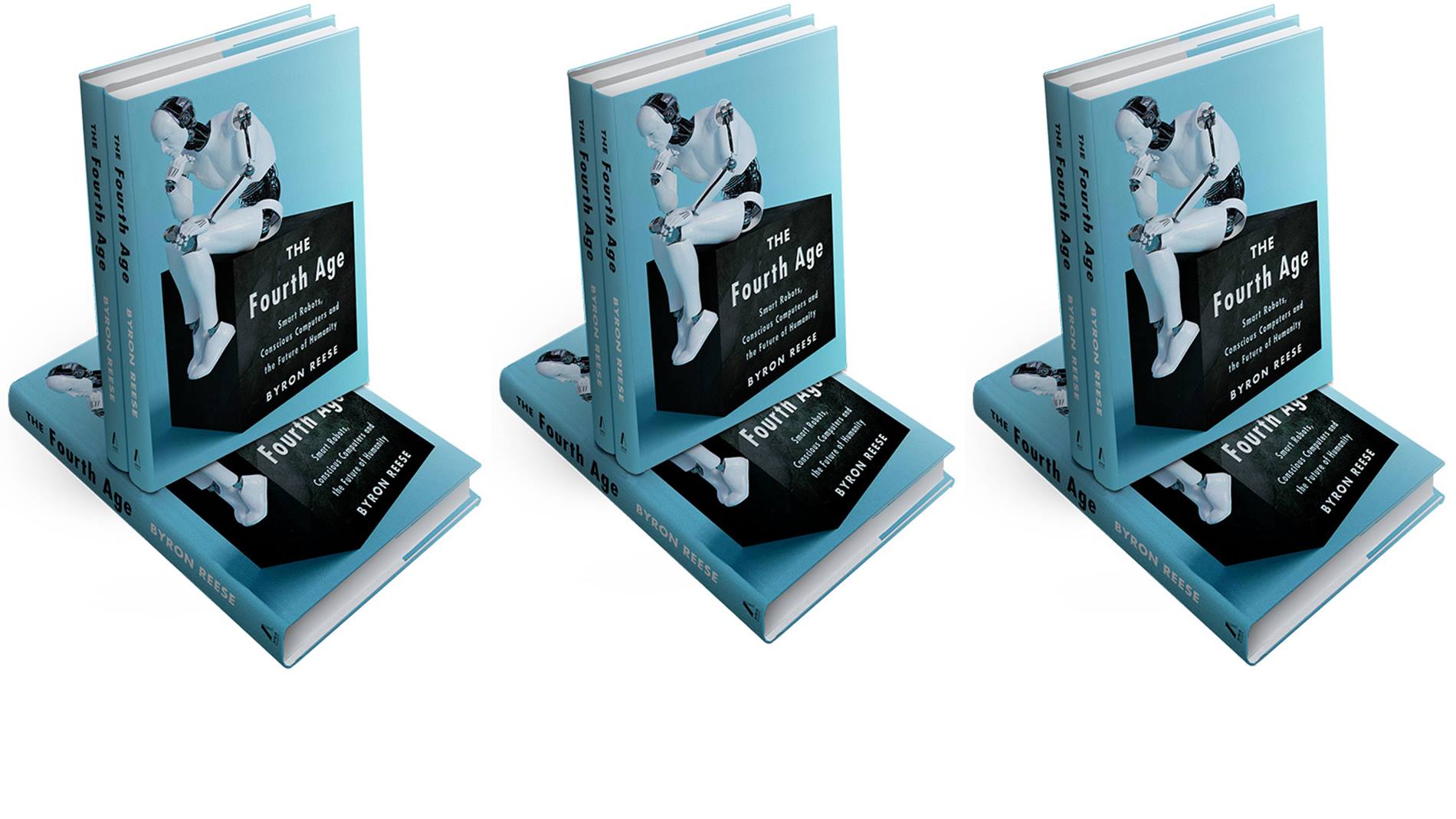
Considering the Long-Term Future of Robotics
September 13, 2018
Robotics are changing the face of warehouse automation today, but what does the future hold? That depends on our ability to move from Narrow AI to General AI, which is not a sure thing.
At Swisslog, we’ve been talking a lot about the ability of robotics to transform warehouse operations for the last several years. Mobile, intelligent robots address many of the most pressing issues warehouse operators face, like the need for greater productivity and throughput, in a way that delivers more flexibility and scalability than bolted-down approaches to automation.
These robotic systems aren’t coming in the future. They are here today.
Although it’s no longer highly unusual to see fleets of mobile robots working collaboratively to efficiently deliver products to pickers, it’s also clear that we are still in the early stages of the application of robots to warehouse operations. As the technology continues to advance, the use cases will expand.
What do those advances look like and what is the future for intelligent robotics? Those are the big-picture questions technology entrepreneur and futurist Byron Reese addresses in his new book “The Fourth Age: Smart Robots, Conscious Computers and the Future of Humanity.”
As the title suggests, Reese addresses some heavy philosophical questions, along with the technical ones, in his book. I’ll stay away from those philosophical questions—such as, are humans essentially sophisticated machines or something more, and how we define consciousness—and focus on a couple of key takeaways I had that relate more directly to the use of robotics in the warehouse.
The first is the incredible speed at which technology is advancing. Reese makes a credible case that Moore’s Law, which was originally developed by Gordon Moore, one of the founders of Intel, isn’t limited to computers. Moore observed that the number of transistors in an integrated circuit doubled about every two years. Reese claims this exponential growth isn’t limited to integrated circuits but applies broadly to all types of technology. He writes:
But—here is the really interesting part—almost all types of technology, not just computers seem to obey a Moore’s Law of their own. The power of a give technology may not double every two years, but it doubles in something every n years.
Now, marketers sometimes throw around the term “exponential” as synonymous with “rapid” but it is much more dramatic than that. To illustrate, Reese uses the example of rice on a chess board. If you put one grain of rice on the first square of a chess board and then two on the second and continue to double the number of grains with each square, by the 64th square you would have more rice than has been cultivated in the history of humanity. Exponential growth is a powerful force.
We are now seeing this play out in the warehouse. Not that long ago, researchers were scratching their heads trying to figure out how to apply robots to perform the mundane task of picking products from a bin. Robots couldn’t distinguish between products that looked similar but represented different SKUs and the challenge of gripping and lifting different shape products was, so to speak, beyond their grasp.
In a matter of a few short years, advances in vision and gripping technology, combined with artificial intelligence, have made great strides toward solving these challenges and we anticipate item picking to be the next significant application for robots in the warehouse.
The other takeaway I had involves artificial intelligence. Reese sees the future of robotics as inextricably interwoven with artificial intelligence and emphasizes the important distinction between two types of AI: Narrow and General.
Narrow AI is the ability of a computer to solve a specific type of task. Narrow AI is what exists today. It is what enables autonomous cars, for example. It also allows an AutoStore system to recognize trends in the orders it is picking and re-slot products on the fly to ensure fast-moving products are at the top of the storage grid for fastest access. It allows a robotic picking system to learn to efficiently pick product shapes it has never picked before.
As Reese makes clear, it is incredibly powerful and we are just beginning to tap into this power.
General AI is artificial intelligence that is as smart and versatile as a human. There are significant obstacles facing the development of General AI and no one is quite sure when, if ever, it will become a reality. If it does, the potential benefits, and risks, are mind boggling. Many of the fears associated with robotics, such as that they will eliminate the need for humans to work, are associated with General AI.
Will intelligent robotics ultimately solve the problems of disease, hunger and poverty as Reese suggests they could? We don’t really know the answer to that question because we don’t know whether General AI will ever become a reality and what it will look like. What we do know is that Narrow AI is a reality today and will continue to bring advances in productivity, speed and efficiency to the warehouse—probably faster than many of us expect.




